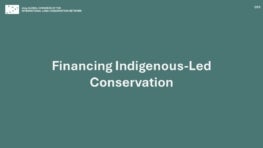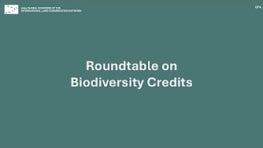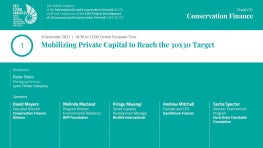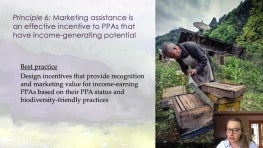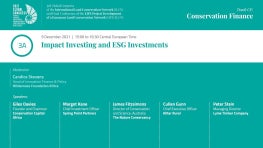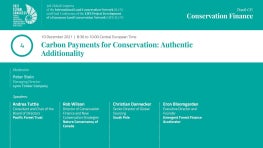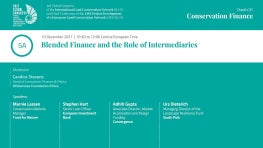Peter Stein
Managing Director, Lyme Timber Company LP (USA)
Peter is a Managing Director for The Lyme Timber Company, a a private timberland investment manager based in Hanover, New Hampshire USA. Peter joined Lyme in 1990 and has significant experience in conservation-oriented forestland and rural land purchases and dispositions. Peter develops conservation sale strategies on properties being evaluated or managed by Lyme and also leads Lyme’s conservation advisory business. Prior to his career with LTC Partners and Lyme, Peter was Senior Vice President of the Trust for Public Land where he directed conservation real estate acquisitions in the Northeast and Midwest. Peter lectures frequently at graduate schools and professional conferences on conservation investment structures and strategies. He is a member of the Board of Advisors of the Appalachian Mountain Club, the investment advisory board of Spring Point Partners, and the Advisory Board of Quantified Ventures. Peter is the co-founder of the Conservation Finance Network and the International Land Conservation Network. In addition, he is a former Board Chair of the Land Trust Alliance, served as a founding Commissioner of the Land Trust Accreditation Commission, and serves as a member of the Advisory Board of Rose Smart Growth Real Estate Fund No. 1. In 2012, he received the Kingsbury Browne Award from the Land Trust Alliance and the 2012-3 Kingsbury Browne Fellowship from the Lincoln Institute of Land Policy. Peter earned a B.A. with Highest Honors from the University of California at Santa Cruz in 1975 and was a Loeb Fellow and received a Certificate in Advanced Environmental Studies from Harvard University in 1981.

